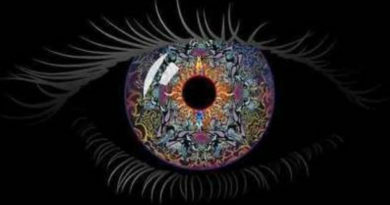2.6. Flying with Pigeons
Posted on 7 November 2019
Growing bored of rats’ brains, Skinner decides to experiment with his form of Classical Conditioning on a slightly bigger brain.
A bird’s brain.
In a flight of fancy, just for a moment, become a rat with wings or, as they’re more commonly known, a pigeon.
You are now one of Skinner’s pigeons.
You too, are in a box and there is also a chute for food. you make a cooing sound and cluck about your cage. There’s no food and you’re starting to get hungry. You crane your neck to the right and suddenly the food appears, rolling down the chute.
You gobble up the food and you crane your neck to the right again, but nothing happens.
If you were one of Skinner’s rats in a past life you might try and tap your paw three times.
You crane your pigeon neck to the right yet again but still nothing happens.
Increasingly frustrated, you wait a few minutes, puffing your chest and go backwards and forwards about your cage. Then something strange happens.
You make a complete circle walking around the cage and the food comes out.
Again you gobble the food and as soon as you’ve finished you do a circle again. However, nothing comes out.
You decide to try combining your neck turning right with a complete circle, but still nothing. You leave it for a short while and try to do two circles and a flap of the wings, again nothing.
But then success!
You’ve done two circles and with three flaps of your wings, food pops out. You repeat the pattern and sure enough almost instantly more food comes out.
You’re safe in your cage and if you can get the pattern right you can get food as well.
You try for a third time but no joy. You repeat the pattern a further five times each time just varying it slightly and on the fifth attempt you blink your eyes and the food comes out again.
This is a difficult pattern to master isn’t it, bird brain?
Random Reward and Ritual Behaviour
Skinner put pigeons in a box and, at random time intervals, he gave them some food through a feeder. The pigeons soon developed habits believing that they had some influence over when the food was dropped.
They would crane their necks and develop all sorts of crazy patterns believing that their behaviour had some influence over when the food was released.
Yet if a pigeon blinked his eyes at the right time or turned left it was purely a coincidence. With their bigger brains, the pigeons would do something the rats wouldn’t. They would create a series of ritual patterns of such as craning necks, circling the box and flapping wings.
All in the mistaken belief that their behaviour could influence when they received food. Skinner demonstrated, in some way, the absurdity of superstition and irrational behaviour.
The pigeons fell into the mind trap of believing they had control over something they didn’t and how often as humans do we do this?
The brains of the rats were too small to even comprehend this mind trap but as a pigeon You are the perfect prey.
Your bird brain makes you dance to whatever tune the piper plays.
How many times do we say ‘touch wood’ for good luck, keep a lucky charm or perform a small ritual before playing sport.
Skinner’s experiments reduce you to a rat or pigeon or even worse a mindless machine that can be programmed to do anything.
There is no emotional intelligence or feeling measured just conditioned reward and response.
Criticism
For this reasoning there is a lot of critical thinking that Skinner’s view is too narrow.
The critics argue that somehow Skinner is justifying taking away your free will to think for yourself.
As you will learn through reading the rest of the Smudgy Guide there is no right or wrong answer, just recordable observations open to interpretations.
Of course, as a human, you are cleverer than a dog, rat or pigeon, however sometimes you are as stupid as them aren’t you?
Image from shootingparrots.co.uk






